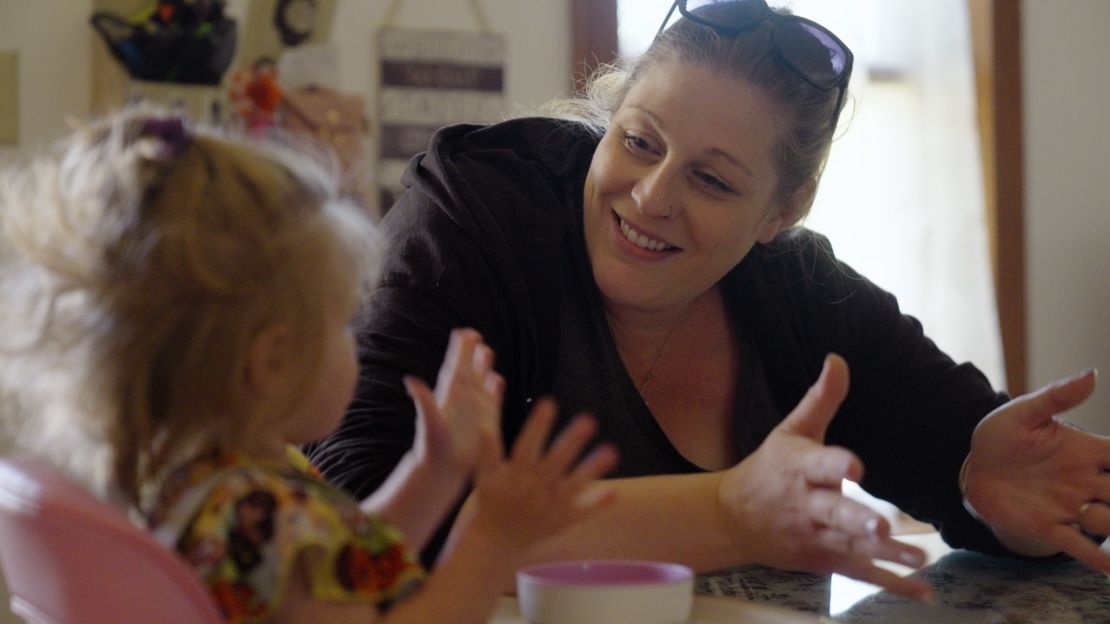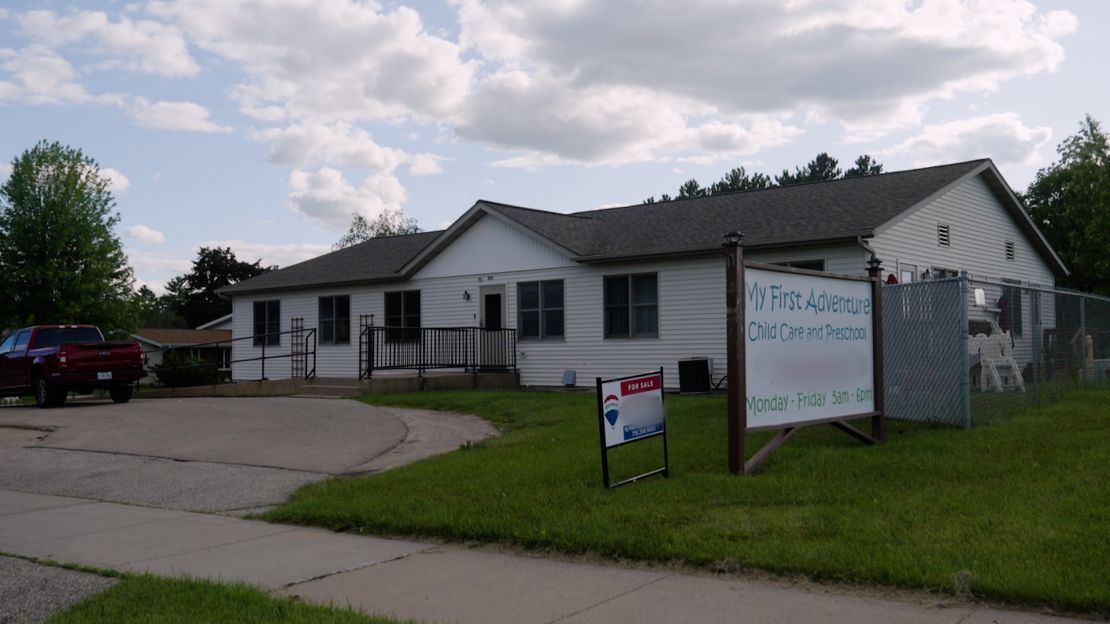CNN
—
For the past eight years in the small city of Waupaca, Wisconsin, Susan Elandt has been a fixture for dozens of families — taking care of their children, some as early as 4:45 a.m., so they can get to work.
“Most of our parents, when they drop off, are like, ‘I could never do what you do,’” Elandt says. “And my response is always, ‘Well, I can’t do what you do either! So I’ll watch your kids and you go do that, because I’m better at this.’”
Elandt is the owner and operator of My First Adventure Child Care and Preschool — but only for a few more weeks. She announced in May that she’s closing her doors before the end of August.
“It’s emotionally and physically and mentally demanding,” Elandt says. “There’s not benefits. The pay is not anywhere near what it should be. And we don’t get a lot of professional recognition in the community, either, for the value of the work that we do.”
Like so many centers around the country, My First Adventure is feeling the squeeze of a child care crisis that’s crippling parents and providers alike.
Nationwide, the average yearly cost of care rose to $11,582 per child last year, according to Child Care Aware of America’s latest annual report. Placing two kids at a child care center cost at least 25% more than the typical rent, on average, in every state. And the tab exceeded annual typical mortgage payments in 45 states, plus the District of Columbia. The report looked at care for an infant and a 4-year-old.
While the price of keeping children in care is sky-high, the burden of running these centers is equally unsustainable. Running a center comes with a battery of expenses, from hefty insurance policies to “consumables” such as art supplies, books and food. Tight margins don’t leave much room for the biggest cost — staff — which is also Elandt’s biggest challenge.
“If you were going to pay your teachers what they were worth even based off of basic education and experience, you would need to charge the parents so much that you would have no children in your center, no could parents afford care,” she says.
The basic costs of employing enough staff to comply with legal and safety requirements in child care centers are already high. The costs are also compounded by the additional expenses of fielding high staff turnover, due in large part to the low wages that these employers can afford to pay. Over the years, Elandt has struggled to keep employees because she can’t compete with what’s offered by local factories or even fast food restaurants. The typical hourly wage for a child care worker in Wisconsin is $13.78, according to the US Bureau of Labor Statistics.
“It’s very humbling to go to work every day and pass Help Wanted signs at McDonald’s and Hardee’s, and they are paying more money than child care providers can afford to pay their staff,” says Lydia Higgins, a teacher at My First Adventure.

The child care industry got a brief boost during the Covid-19 pandemic, as federal funding allowed providers to give their staff much-needed raises and bonuses, as well as cover their rent, mortgages and utilities and buy personal protective equipment and other supplies. Elandt was able to bring up her starting salaries from $8 or $9 an hour to $12 and reward more experienced teachers, attracting and retaining enough employees to keep the center open during the depths of the pandemic.
The historic $24 billion federal investment helped more than 225,000 providers nationwide — or more than 8 in 10 licensed child care centers — and affected as many as 10 million children. But it expired last September, leaving many centers facing what’s been dubbed “the child care cliff.”
An analysis last year by The Century Foundation projected that more than 70,000 child care programs could close and about 3.2 million children could lose their spots due to the end of the federal child care stabilization grant program, which Congress approved as part of the 2021 American Rescue Plan Act. Multiple states have beefed up their child care investments in recent years, but it’s generally not enough to keep all providers afloat.
Elandt has implemented several rate increases for parents in the last year, knowing it would increase their burden. She felt there was no other choice because a return to pre-pandemic salaries would likely mean losing her whole staff. In some cases the higher wages weren’t enough. A few months ago, she says, one of her employees left for a factory: “She needed to make a living.”
The stresses of managing a tight budget and dealing with staff turnover have taken a toll.
Elandt first started thinking seriously about leaving her business two years ago and tried to sell, but no viable option emerged. In May, she made the formal announcement that this summer would be the center’s last.
The news left families and staff scrambling. Higgins, who is also a parent at My First Adventure, described the moment as “panic.”
As more and more child care providers and parents find themselves struggling through this crisis, she hopes bigger picture solutions will emerge.
“It needs to start with an awareness of how critical this crisis is, and not just from the parents that are terrified and suffering through it, but as a whole picture as a whole country,” Higgins said. “I think everybody was really aware during the height of the pandemic, with the critical workers and things like that. I don’t know if that has started to fade out for people.”
The city of Waupaca is actively trying to help facilitate a sale to keep the facility or re-open it under new ownership. As it stands, My First Adventure is expected to close in July.

This fall will find Elandt in the public school system, where she’s found joy the past few months working as a substitute teacher. Both she and Higgins say they plan to get more involved in activism to raise the voices of child care workers and fight for better conditions.
“We are literally shaping tomorrow’s youth,” Higgins says. “I think that needs to start being reflected in compensation and policies and where government funding is being directed.”











